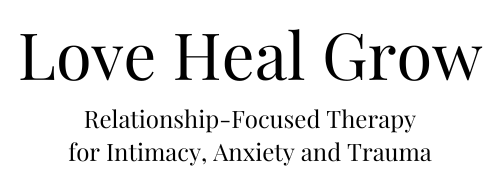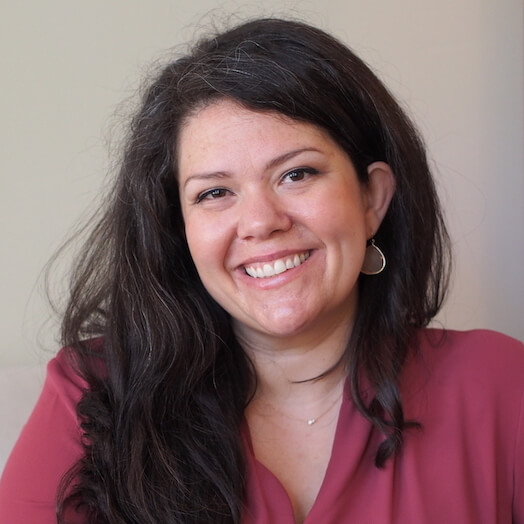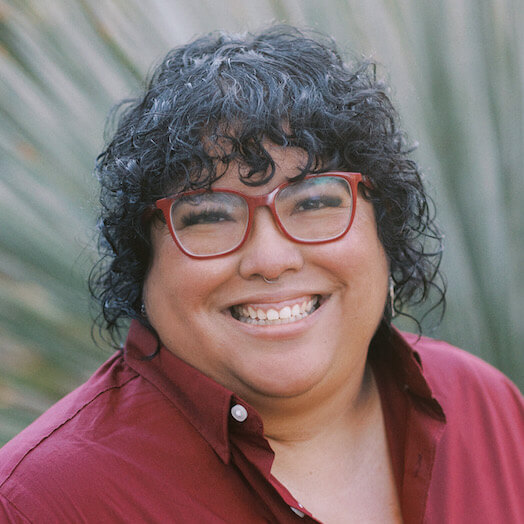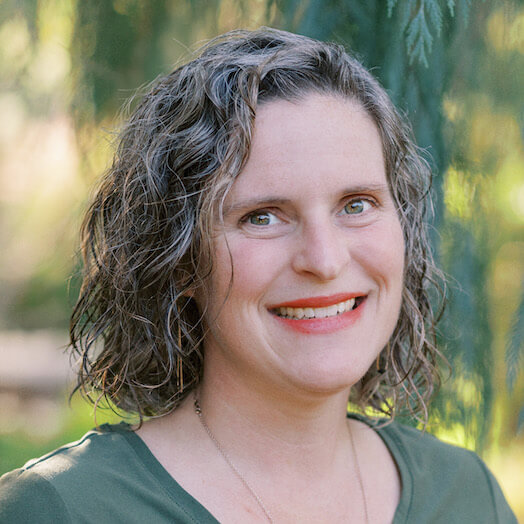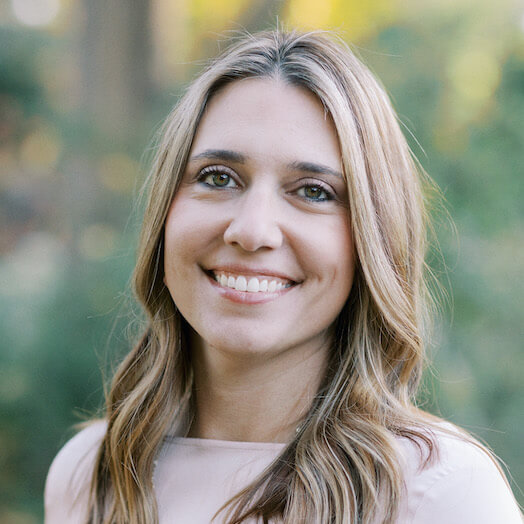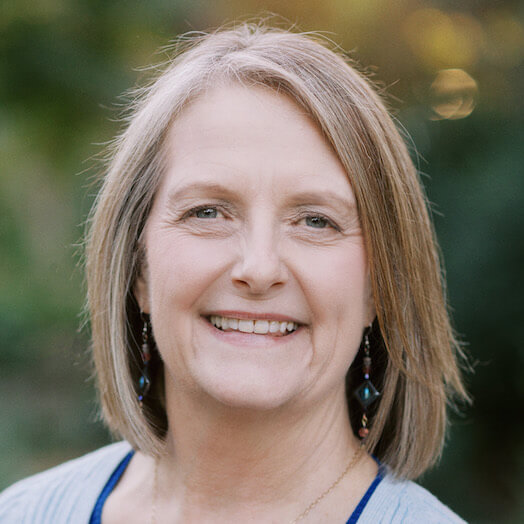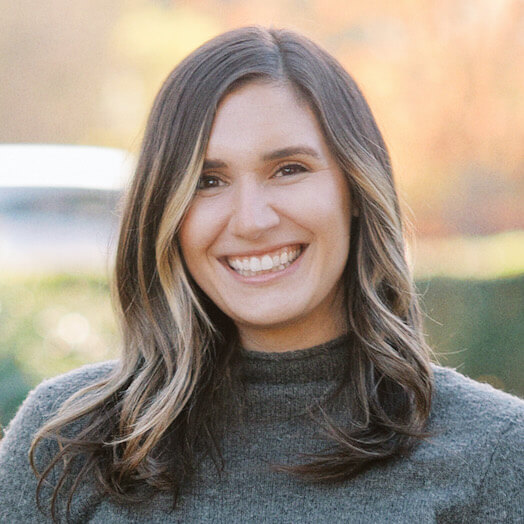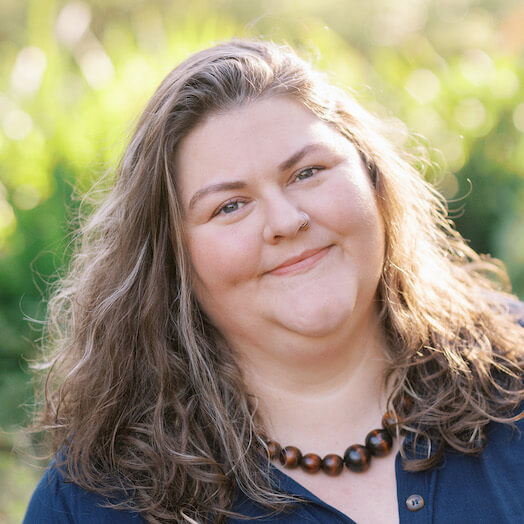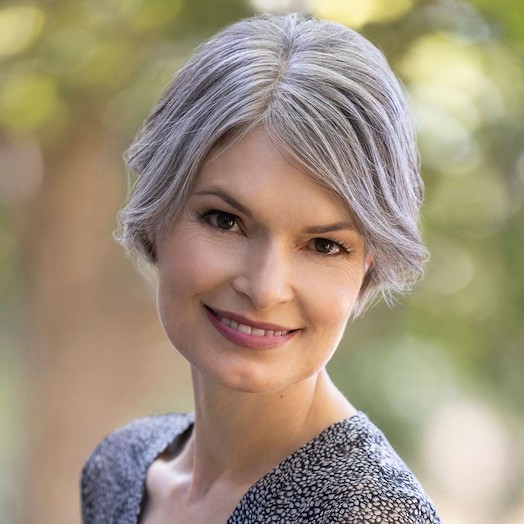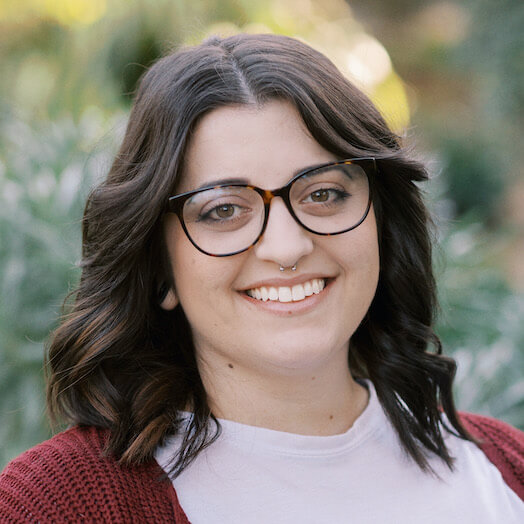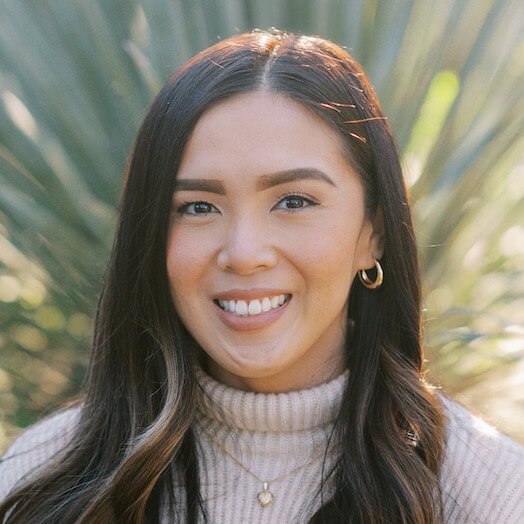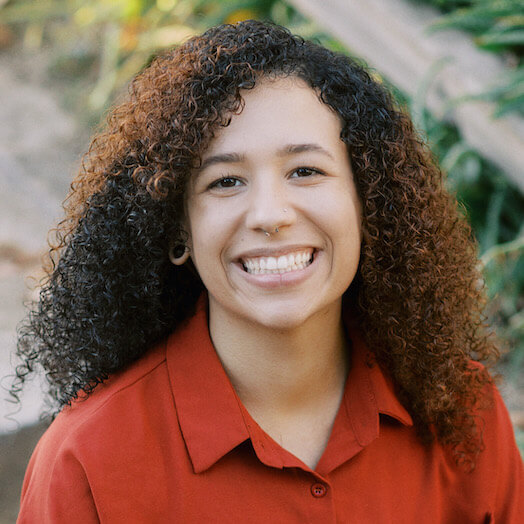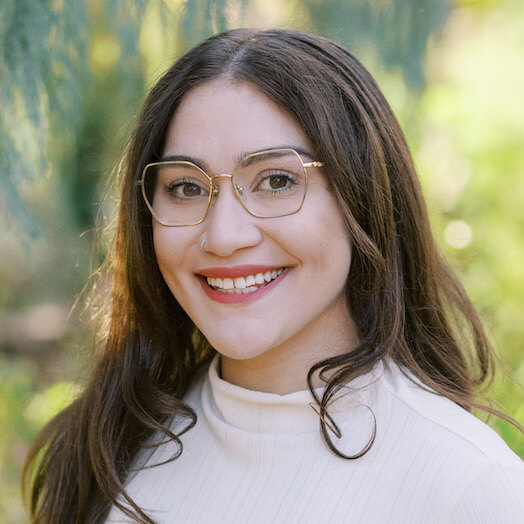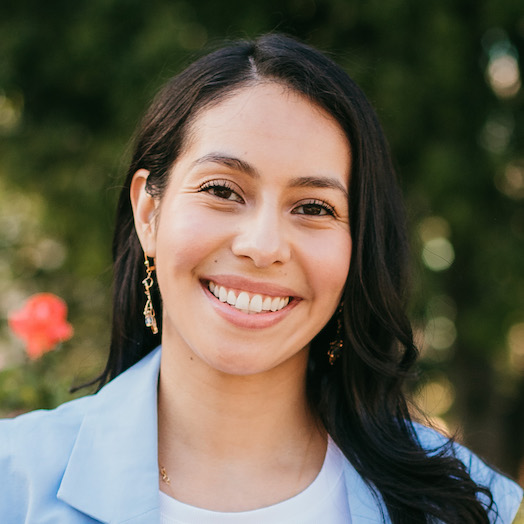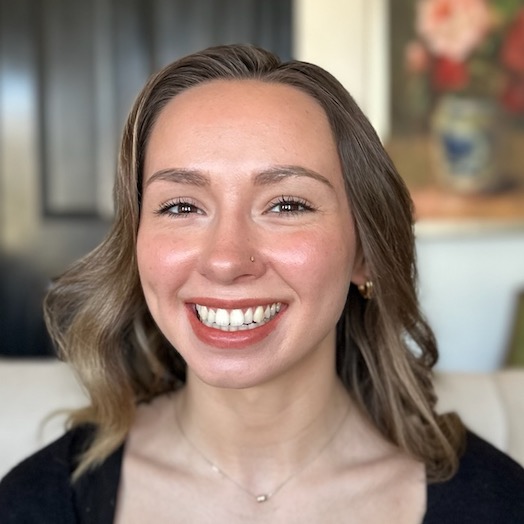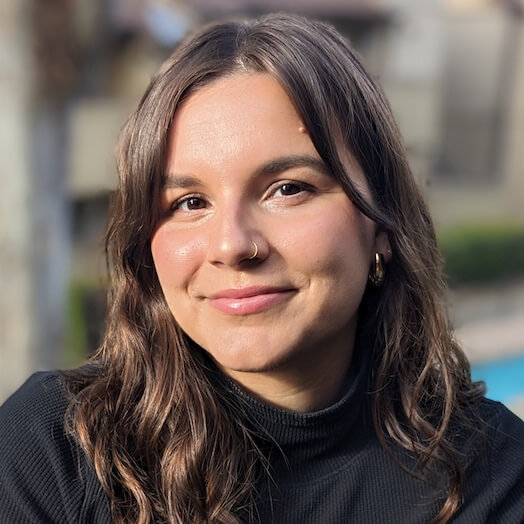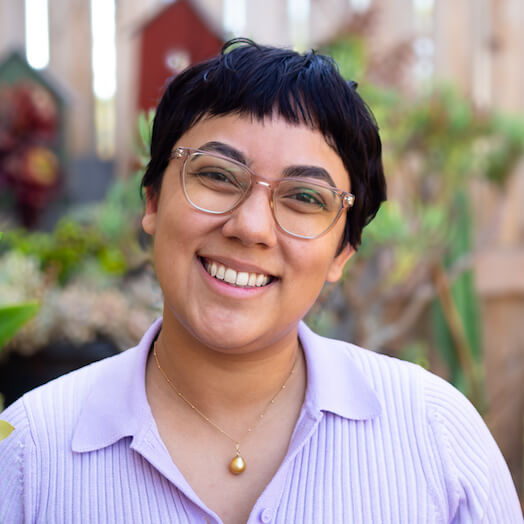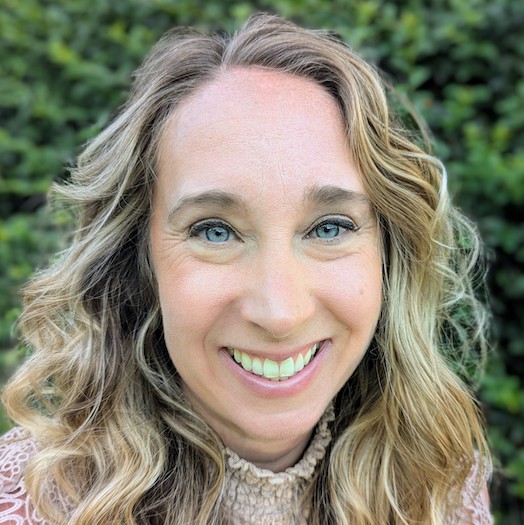
What do you do when you have a mental health emergency between sessions with your therapist? You may be experiencing profound emotional and mental distress, but upon checking your calendar see that your next therapy appointment isn’t for another week. You recognize that you need immediate support at that moment but aren’t sure what to do since it may take time for your therapist to respond to calls or emails. Perhaps you are still searching for a therapist but need immediate support now.
If you have already discussed safety planning with your therapist, you may have heard about the 988 Lifeline. The 988 Lifeline is a wonderful mental health resource and may provide a sense of reassurance and safety between therapy sessions. Continue reading for more information on this helpful resource:
What is 988?
The 988 Lifeline is a suicide and crisis lifeline that launched on July 16, 2022. 988 was formerly known as the National Suicide Prevention Lifeline at 1-800-273-8255; while either phone number will lead callers to the same place, the 988 number is far easier to remember.
The 988 Lifeline is not just for those experiencing suicidal thoughts. According to the Substance Abuse and Mental Health Services Administration (SAMHSA), 988 “offers 24/7 call, text and chat access to trained crisis counselors who can help people experiencing suicidal, substance use, and/or mental health crisis, or any other kind of emotional distress. People can also dial 988 if they are worried about a loved one who may need crisis support” (2022).
988 vs. 911
It is important to understand the difference between 988 and 911. The 988 Lifeline provides easier access to crisis resources, which are “distinct from the public safety purposes of 911 (where the focus is on dispatching Emergency Medical Services, police, and fire as needed)” (SAMHSA, 2022).
If you reach out to the 988 Lifeline, first responders (like the police or EMS) will not be automatically dispatched; similarly, you will not be automatically hospitalized. The primary goal of the 988 Lifeline is to provide person-centered support for those experiencing a mental health-related crisis. Fewer than 2% of Lifeline calls require connection to emergency services like 911 (SAMSHA, 2022). The 988 coordinated response is “intended to promote stabilization and care in the least restrictive manner,” though some safety and health issues may warrant additional support (such as a suicide attempt in progress) (SAMHSA, 2022). It is important to note that 988 will be able to access your location just like 911 can; this is in place in order to dispatch emergency services or wellness checks in cases where the counselor fears your life is at imminent risk.
At its core, the 988 Lifeline is in existence to offer support, hope, and to promote safety.
What to expect.
When you call 988, you’ll hear a greeting message while your call is routed to a local crisis center. Then, a trained crisis counselor will answer the phone and listen to your concerns; counselors will provide empathetic listening and support and may share resources if needed. In cases where a local crisis center isn’t able to take a call, it is rerouted to a crisis center somewhere else in the United States. The Lifeline provides call services in English and Spanish, though they also utilize Language Line Solutions to translate into 250 additional languages.
When you text 988, a crisis counselor will read texts, listen to people’s concerns, and will provide empathetic responses, often sharing helpful resources as well. Currently, texting is only available in English. When you chat the 988 number through the Lifeline website, you will be linked to a pre-chat survey before connecting with a crisis counselor. A wait-time message will appear if there is a wait to chat with a crisis counselor. Currently, chat is only available in English.
Moving forward with inclusivity.
The 988 Lifeline is continuing to work on and expand services to better accommodate those who are hard of hearing and blind; the Lifeline serves teletypewriter users (TTY) by dialing 711 then 1-800-273-8255.
This crisis resource is working hard to have text and chat services in Spanish, though this has not been implemented yet. Further, there are ongoing efforts to improve Lifeline crisis counselors’ cultural competency. In recent years, specific tools have been created for crisis counselors such as Spanish-language clinical guidance resources, LGBTQ+ resource documents, Deaf and Hard of hearing best practices, and Native American/Alaskan Native resources. Despite these appreciated efforts, there is undoubtedly a long way to go.
The 988 Lifeline is not a replacement for therapy.
While it is important to have immediate crisis resources, longer term therapy with a trusted therapist is optimal for healing, as this addresses the root of emotional and mental distress. Therapy can provide deeper healing, improvement in life functioning and relationships, and lasting positive change in mental health symptoms.
For attentive and caring therapy services, please don’t hesitate to reach out to us at Love Heal Grow.

Hi, I’m Ashley Barnes, therapist for individuals and couples at Love Heal Grow Counseling.
I help individuals and couples who seek to improve and enhance their relationships, those who wish to heal from painful experiences and navigate big life changes, and those who aspire to improve their mental well being.
You can read more about me or schedule an appointment here: About Ashley
